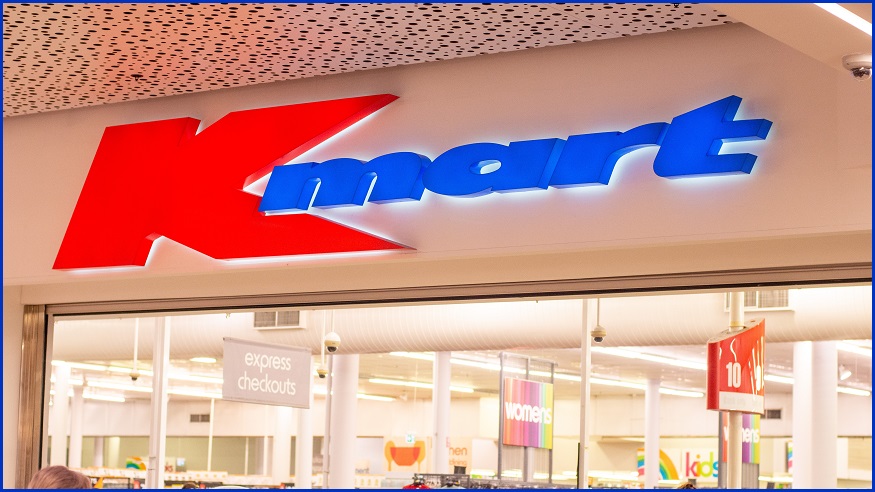When Melbourne came out of its months-long lockdown in October 2020, one of the first things people did was flock to their nearest Kmart at midnight.
For some it was a welcome reprieve to finally go back to their favourite store, packed with cheaply-made imported homewares being sold at rock-bottom prices.
The cultural significance of Kmart for Australian shoppers was on full-display that night in the pandemic’s first year with its explosion in popularity coinciding with major upgrades to its legacy infrastructure.
In 2020, as its customers were waiting to get back into stores, Kmart migrated its 1990s mainframe system into an AWS cloud environment.
“We moved 30 critical applications in that process,” Vicki Miller, Kmart Australia’s general manager of customer technology, told a crowd at an AWS Summit event last week.
“It was about five terabytes of data and took us about 14 months to undertake.
“What that allowed us to do was make available to us data that was trapped in our legacy environment.”
The upgrade led to more real-time uses of data for fraud detection and prevention along with demographic analyses of Kmart’s customers which, according to Miller, includes some 85 per cent of Australians who have shopped at the chain of stores in the last year.
“This was specifically around understanding our product data and looking at the demand profiles that were coming through, so we could better allocate products to the right geographical location,” Miller said.
Migrating the old mainframe into the cloud paved the way for Kmart to update its online store.
Piece-by-piece, the technologists at Kmart moved the back-end of its web store to a new platform, simultaneously running both the old and the new until that upgrade was complete.
“In March of this year we moved the final component across,” Miller told the AWS Summit crowd.
“The back-end of our new platform is fully event-driven. We used cloud-native service first design principles in doing that.”
Last year saw a bump in the Kmart group’s revenues as it pulled in $9.9 billion – a more than $750 million increase on the year before – and continues to be Wesfarmers’ second biggest division after Bunnings.
Kmart’s full cloud migration has given its engineers more wiggle room to build out new services, prepare future upgrades, and scale up-and-down as needed, Miller said, and has resulted in a significant uptick in key metrics.
“We had three times the volume, we doubled the speed of the site, and we doubled conversion,” she said.
“Just as importantly, we operate at a third of what our previous infrastructure costs were.”










